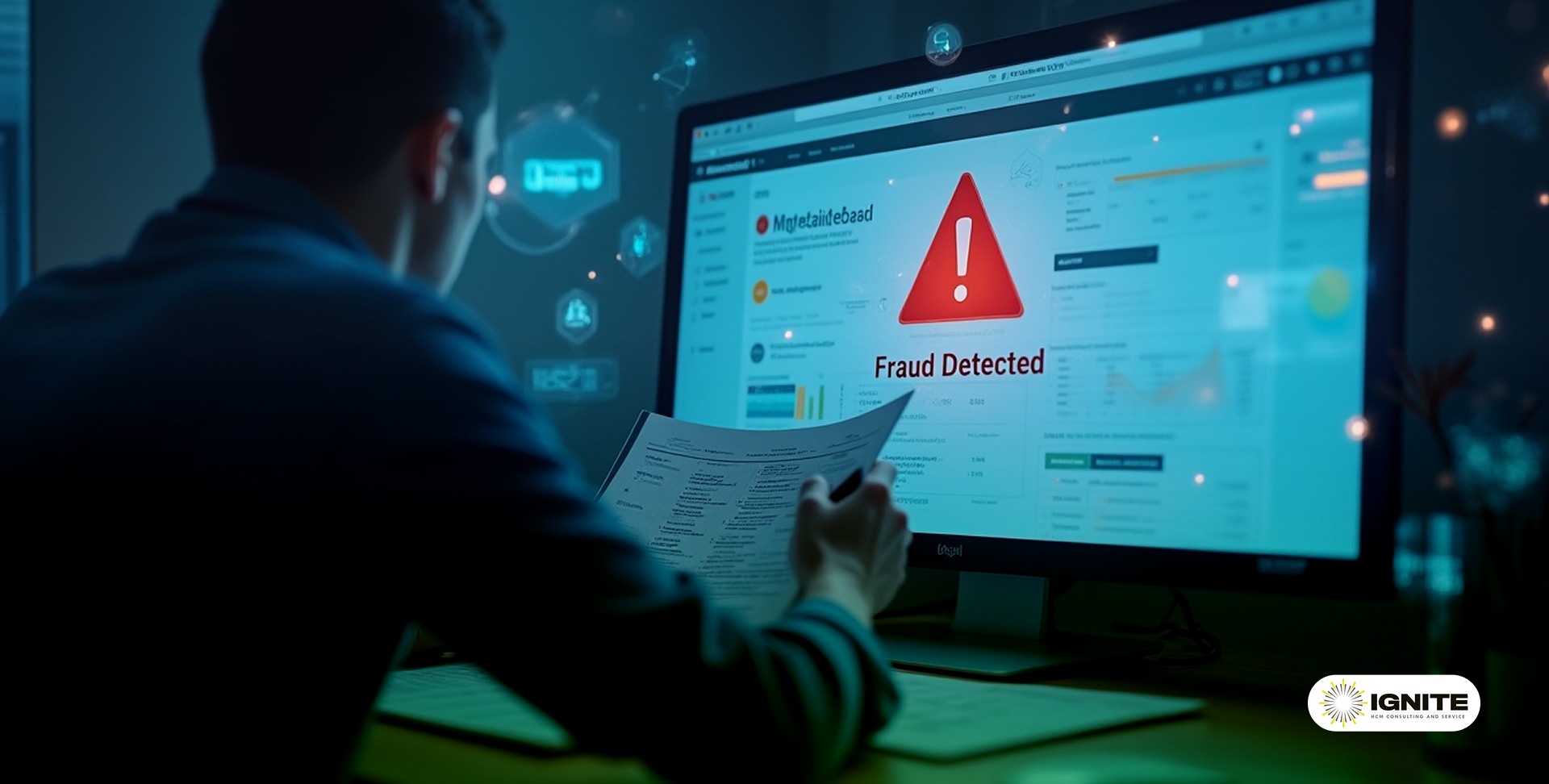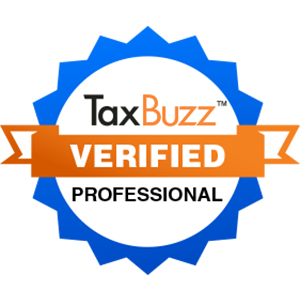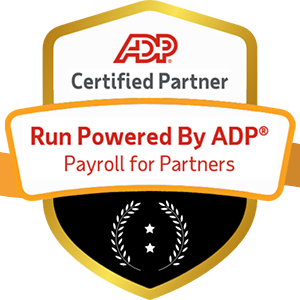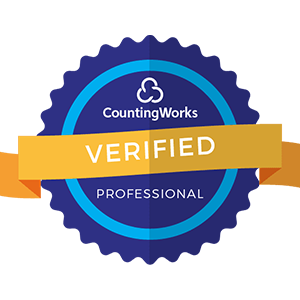Your hard-earned money deserves maximum protection—here's how to safeguard your paycheck from fraud
---
Your paycheck is your lifeline. It's how you pay the bills, put food on the table, and fuel your passions outside of work. But have you ever stopped to think about all the steps involved in that paycheck reliably arriving in your bank account on payday? The payroll process is like a pipeline, with your employer on one end and your bank account on the other. And just like any pipeline, it needs proper security and monitoring to prevent leaks and keep things flowing smoothly.
In today's digital age, payroll fraud is a very real threat that can disrupt that pipeline and put your hard-earned money at risk. According to the Association for Financial Professionals, 82% of organizations experienced attempted or actual payments fraud in 2018. Payroll is a particularly attractive target for fraudsters, as it involves large sums of money and sensitive personal information.
The good news is that there are steps both employers and employees can take to safeguard the paycheck pipeline and prevent fraud. In this article, we'll dive into the world of payroll security, exploring the risks, best practices, and real-world examples that can help you protect your paycheck and have peace of mind on payday.
What is Payroll Fraud?

Payroll fraud occurs when someone manipulates the payroll process for their own financial gain. This can take many forms, such as:
- Ghost employees: Creating fake employee records and pocketing the paychecks
- Timesheet fraud: Falsifying hours worked to inflate paychecks
- Unauthorized pay increases: Manipulating pay rates without approval
- False expense reimbursements: Submitting fake or inflated expenses for reimbursement
- Diverting funds: Redirecting paychecks to unauthorized accounts
Payroll fraud can be committed by anyone with access to the payroll system, including employees, managers, payroll staff, and outside hackers. And it can happen to any organization, regardless of size or industry.
The Impact of Payroll Fraud
The costs of payroll fraud go beyond just the stolen funds. It can also lead to:
- Damaged reputation and loss of trust with employees and stakeholders
- Decreased employee morale and productivity
- Legal and regulatory penalties
- Increased insurance premiums
- Time and resources spent on investigations and recovery efforts
According to the Association of Certified Fraud Examiners (ACFE), the typical organization loses 5% of its annual revenue to fraud. And payroll fraud is one of the most common types, making up 11% of all occupational fraud cases.
Real-World Examples
To understand the risks of payroll fraud, let's look at some real-world examples:
- In 2020, a former payroll manager at the Archdiocese of New Orleans pleaded guilty to embezzling over $1 million over seven years by manipulating payroll records and diverting funds to personal accounts.
- In 2019, a payroll administrator at a New York hospital was arrested for allegedly stealing over $300,000 by creating ghost employees and depositing the paychecks into his own account.
- In 2018, a school district in Florida discovered that a payroll specialist had been stealing funds for years by inflating her own pay and benefits, costing the district over $200,000.
These cases highlight how payroll fraud can happen in any type of organization and often goes undetected for long periods of time. That's why prevention and early detection are key.
Preventing Payroll Fraud: Best Practices for Employers

As an employer, you have a responsibility to protect your employees' paychecks and maintain the integrity of your payroll process. Here are some best practices to prevent payroll fraud in your organization:
1. Implement Strong Internal Controls
- Segregate duties so that no one person has control over the entire payroll process
- Require multiple approvals for changes to pay rates, bank accounts, and other sensitive information
- Regularly review and reconcile payroll records with other financial records
- Restrict access to payroll systems and data to only those who need it for their job
2. Use Secure Payroll Technology
- Choose a reputable payroll provider that uses encryption and other security measures to protect data
- Use multi-factor authentication and strong passwords to prevent unauthorized access
- Keep software and systems up-to-date with the latest security patches and updates
- Regularly back up payroll data and store it securely offsite
3. Conduct Background Checks and Monitoring
- Screen all payroll staff and anyone with access to sensitive payroll data
- Conduct regular audits and spot checks to detect any red flags or discrepancies
- Monitor employee behavior and look out for any unusual activity or lifestyle changes that could indicate fraud
- Provide a confidential reporting mechanism for employees to report suspected fraud
4. Provide Training and Education
- Train all employees on the importance of payroll security and their role in preventing fraud
- Educate payroll staff on the latest fraud schemes and how to detect and prevent them
- Regularly communicate your organization's policies and procedures around payroll security
- Foster a culture of transparency and accountability where fraud is not tolerated
By implementing these best practices, employers can create a strong first line of defense against payroll fraud and protect their employees' paychecks.
Protecting Your Paycheck: Tips for Employees
As an employee, you also have a role to play in securing your own paycheck. Here are some tips to help you stay vigilant and protect your hard-earned money:
1. Review Your Pay Stubs Regularly
- Check that your hours, pay rate, and deductions are accurate
- Look for any unfamiliar or suspicious transactions
- Report any discrepancies or concerns to your employer immediately
2. Protect Your Personal Information
- Don't share your Social Security number, bank account details, or other sensitive information with anyone unless absolutely necessary
- Be cautious of phishing emails or phone calls asking for payroll information
- Shred or securely dispose of any paper documents containing personal information
3. Use Strong Passwords and Authentication
- Choose strong, unique passwords for any online payroll or HR systems
- Enable multi-factor authentication whenever possible
- Don't share your login credentials with anyone else





